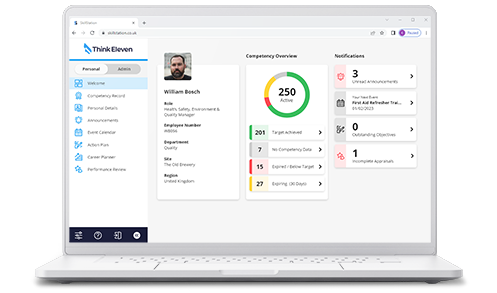Overview of Treasury Products: Part II eLearning Course
Overview
This course will introduce the learner to the principles of structured swaps and describe other OTC instruments, such as interest rate swaps and fixed-for-floating interest rate swaps. Additionally, the course will explore cross-currency swaps, exchange rates, and combining swaps. After completing the program, the learner will have a solid understanding of:
- Options for purchasing and selling currency.
- Commodity structures.
- Index trackers.
Contents
T1. Structured Swaps: This topic will describe structured swaps, give examples, and describe other OTC instruments such as interest rate swaps and fixed-for-floating interest rate swaps.
T2. Cross Currency Swaps: This topic will explore cross-currency swaps, and will delve into foreign exchange rates and combining swaps.
T3. Structured FX Options: This topic will discuss the Foreign Exchange or currency option, and will describe the market and other options for purchasing and selling currency.
T4. Equity Linked Notes: This topic will discuss Equity Linked Notes, including information on design, structure, market, and the different types, such as MIDS and MITTS.
T5. OTC Equity Options: This topic will discuss equity options, including information about the two types, call and put options, and will describe different contracts and strategies.
T6. Commodity Structure: This topic will explain commodity structures, and will provide information about the ET market, products, contracts, and more.
T7. Carry Trade: This topic will illustrate the use and importance of carry trades, and will describe how carry trades work, exchange rates, and using the Forex market.
T8. Asset Swaps: This topic will clarify the use and importance of asset swaps, and will discuss variations, such as par, market, and forward asset swaps.
T9. Credit Default Swaps: This topic will present credit default swaps, the most common credit derivative, and will explain primary parties to CDSs, typical transactions, and more.
T10. Credit Linked Notes: This topic will describe Credit Linked Notes, another common credit derivative, and will explain how CLNs work, the use of protection sellers, and more.
T11. CDOs and CPDOs: This topic will differentiate between CDOs and CPDOs, and will explain their histories, types, structures, values, and more.
T12. Index Tracker Structures: This topic will describe index trackers, active and passive management, and the inherent advantages and disadvantages involved in the use of mutual funds.
T13. Total Return Swaps: This topic will discuss Total Return Swaps, with details about the market participants involved, the history of TRSs, and more.
Please note that any legal and compliance references in this course will pertain to US legislation.
This course has a minimum of 25 learner registrations for us to provide a quotation.
Request a Quotation- Language
- UK
- Date last updated
- 5/22/2020
- Duration
- 3 Hours 30 Minutes
- Suitable Devices
-
- PC
- Phone
- Tablet
- Audio is Required
-
- Optional
- Includes Video
-
- No
- Downloadable Resources
-
- No
- Completion Criteria
-
- Complete all modules
- Multiple Choice Assessment
- Visit all pages
- Pass Mark
-
- 80% pass mark required
- Course Technology
-
- HTML5
- SCORM 1.2
- Can be customised
-
- No
- Accreditation or Endorsements
-
- No
- Languages
-
- English (US)
